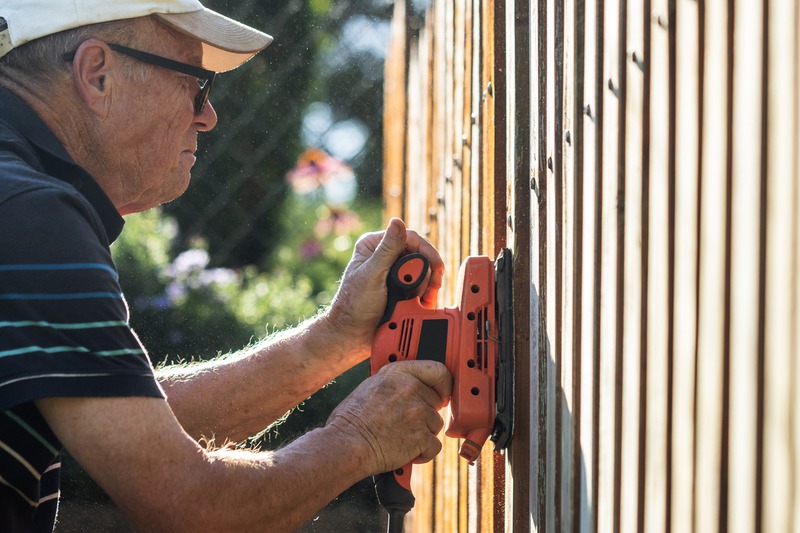Moving out of state can feel like a daunting task filled with endless boxes, packing materials, and miles of travel. But with the right preparation and organization, it doesn’t have to be overwhelming. Whether you’re relocating for work, family, or just a change of scenery, following a detailed moving checklist can ensure that your transition is as seamless as possible. In this comprehensive guide, we’ll cover everything you need to know for a smooth interstate move.
Planning Your Out-of-State Move
The first step to a hassle-free relocation is creating a solid moving plan. It’s important to start planning as soon as you decide to move. This will allow you to handle any unexpected challenges that might arise as you near your moving date. Here’s what you’ll want to do:
- Research Your New Location: Before you pack your first box, familiarize yourself with your new state. Learn about the neighborhoods, schools, and amenities. This will make settling into your new home much easier.
- Create a Moving Budget: Moving can be expensive, especially when traveling long distances. By setting a realistic budget early on, you can avoid any financial surprises later.
- Find a Reliable Moving Company: Interview several moving companies and read reviews to ensure you hire professionals who can safely transport your belongings to your new home.
Packing Like a Pro
Packing is arguably the most time-consuming aspect of moving. Properly organizing and securing your belongings will make the move smoother and can prevent damage. Here are some tips to help you pack efficiently:
- Gather Packing Supplies: Stock up on boxes, tape, bubble wrap, and labels long before you start packing. It’s better to have more than not enough.
- Organize by Room: Label each box according to the room it belongs to in your new home. This will make unpacking much more straightforward.
- Use Professional Services: Consider hiring moving day packing assistance to help ensure that everything is packed securely and efficiently.
Taking Care of Your Current Home
Before you can move, you need to ensure your current home is ready for its next occupants. This means taking care of maintenance tasks and leaving it in good condition. Here’s what you need to do:
- Deep Clean: Cleaning your home before you leave is a courtesy to new tenants and could also be a requirement of your lease or sale contract.
- Conduct Repairs: Fix any broken fixtures, leaky faucets, or other maintenance issues to avoid losses from your security deposit or part of the sale agreement.
- Organize Your Closets: Before moving out, transform your storage by using services like those offered to transform your closet space. It’ll make the packing process easier and ensure that you’re only bringing what you need to your new home.
Arranging Logistics for Moving Day
As your moving day approaches, there are a few logistical details you’ll want to finalize to ensure that everything goes smoothly:
- Set Up Utilities: Make sure you schedule the disconnection of utilities at your old place and connect them at your new place to coincide with your moving date.
- Change Your Address: Notify the post office of your new address, as well as any other important institutions like banks, insurance, and subscriptions.
- Plan for Pets and Plants: If you’re moving with pets or plants, make sure you have a plan to transport them safely to your new location.
Unpacking and Settling Into Your New Home
Once you arrive at your new home, it’s time to unpack and start organizing your space. Getting your home in order quickly can help turn a new space into a comfortable home. Here’s how to go about it:
- Start with Essentials: Unpack the essential items that you’ll need immediately like toiletries, a few days’ worth of clothing, and basic kitchen items.
- Organize Your New Place: Unpack one room at a time to avoid feeling overwhelmed. Hiring services for efficient home and office organizing in Austin or your new area can be incredibly helpful.
- Explore Your New Neighborhood: Meet your neighbors, find new favorite spots, and start to integrate into your community. This can make your new location feel like home faster.
Troubleshooting Common Moving Problems
Despite your best efforts, sometimes unforeseen issues arise during a move. Knowing how to handle them can help ease any stress:
- Lost or Damaged Items: File a claim with your moving company immediately if you notice any lost or damaged items.
- Delays: Be flexible and keep a positive attitude if there are any delays with your moving company or logistics.
- Homesick Feelings: Moving to a new state can be an emotional experience. Stay connected with friends and family and give yourself time to adjust.
Moving out of state is a big life change, but with a well-thought-out plan, it can be a positive and exciting adventure. By following this ultimate checklist, you’ll tackle your move with confidence and ease, setting you up for a successful transition to your new home. Remember, every new beginning is a chance for growth, exploration, and adventure.
